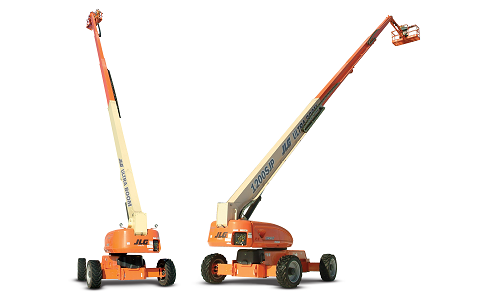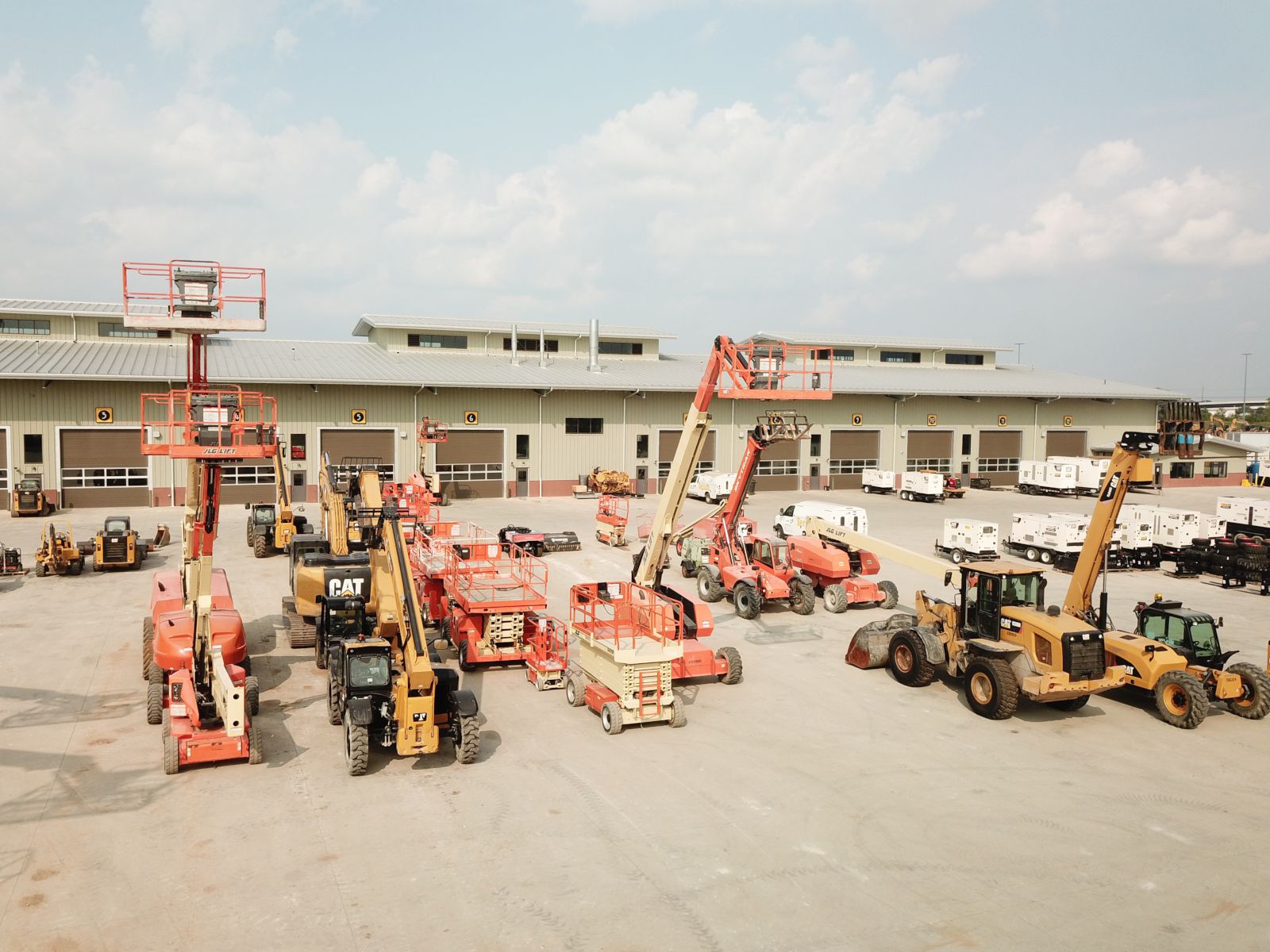Heavy Equipment Rental: Big Machinery for Any Construction Project
Heavy Equipment Rental: Big Machinery for Any Construction Project
Blog Article
Optimize Your Spending Plan by Recognizing the Prices Related To Building Devices Services
Comprehending the complete scope of expenses associated with building devices services is essential for maximizing your budget. What strategies can be used to properly take care of these expenses and ensure a more reliable rental experience?
Review of Rental Expenses
When thinking about building equipment leasings, understanding the connected costs is vital for effective budgeting and job planning. Rental expenses can differ considerably based upon a number of variables, including devices kind, duration of leasing, and location. The preliminary rental cost frequently mirrors the equipment's market demand and its linked operational abilities, affecting the total expense.
Along with the base rental price, ancillary expenses might emerge, such as transport fees, fuel surcharges, and maintenance fees. It is important to make up these extra costs to properly assess the total expense of renting out tools. Furthermore, the rental period can affect prices; longer services might get discounted rates, while short-term leasings may sustain greater day-to-day charges.

Breakdown of Rental Prices
A thorough understanding of rental prices is necessary for service providers and task supervisors aiming to optimize their budgets. Rental prices for building and construction tools normally include a number of components, including base rates, time-based fees, and usage costs.
Base prices are the core fees related to the rental of the tools, commonly figured out by the type and dimension of the machinery. These rates can differ substantially, influenced by variables such as devices demand, accessibility, and regional market fads. Time-based fees, which might be daily, weekly, or monthly, offer to accommodate various project timelines and rental periods.
Furthermore, rental rates might include use charges, which apply when tools is used beyond a defined threshold, guaranteeing that the rental business can account for damage. Seasonal demand variations can also influence rental rates, with peak building and construction seasons commonly commanding higher costs.
Moreover, comprehending the rental firm's policies relating to maintenance and insurance coverage can give further understanding right into the overall expense framework. By evaluating these elements, contractors can make educated choices, ensuring the choice of rental tools aligns with both job demands and spending plan constraints.
Additional Fees to Consider
Comprehending the complexities of extra charges is vital for service providers to handle their overall rental expenses successfully. Past the basic rental rates, different auxiliary costs can significantly impact the complete price of tools leasing. These charges typically include shipment and pickup costs, which can differ based upon range and logistics involved in transferring the equipment to and from the work website.
Additionally, some rental business may enforce gas surcharges if the equipment is returned with much less fuel than when rented. It is additionally vital to know prospective cleaning costs, especially for specific equipment that calls for complete maintenance after usage.

Thoroughly assessing the rental contract and clarifying these added fees ahead of time can assist contractors stay clear of unexpected prices and guarantee that spending plans stay undamaged throughout the project lifecycle.
Upkeep and Repair Costs
Regular repair and maintenance expenses are usually neglected variables that can substantially affect the total cost of building tools rentals. When renting out equipment, it is vital to take into consideration not only the rental charges yet also the prospective prices associated with keeping the machinery in optimum operating problem.
Many rental companies consist of basic upkeep as component of the rental agreement; however, a lot more unanticipated breakdowns or comprehensive repair services can bring about added expenditures. It's important to examine the rental agreement very carefully to recognize what upkeep solutions are covered and what duties drop on the occupant.
In addition, tools that is not properly maintained can lead to inefficiencies at work site, potentially enhancing and causing delays project costs. To mitigate these threats, it is suggested to perform normal assessments and preserve open communication with the rental company concerning any issues that emerge during use.
Insurance Policy and Responsibility Expenses
Insurance coverage and liability costs are essential parts that can dramatically affect the overall expenditure of building and construction equipment rentals (forklift rental). These expenses guarantee that both the rental business and the customer are secured from prospective monetary losses emerging from mishaps, damage, or burglary throughout the rental period

Furthermore, customers should recognize any deductibles or exclusions in the insurance coverage policy, as these can impact possible out-of-pocket expenditures. Comprehending the terms and problems of any insurance protection is essential to avoid unforeseen prices. Ultimately, budgeting for insurance coverage and obligation expenditures can help guarantee a smoother rental experience and secure versus financial risks connected with building and construction tasks.
Conclusion
In conclusion, a comprehensive understanding of the costs linked with building and construction devices leasings is important for reliable spending plan administration. Ultimately, educated decision-making regarding equipment services contributes to the general success of building endeavors.
Rental prices can vary considerably based on several variables, consisting of equipment kind, duration of service, and place (rental company near me). The rental period can influence prices; longer services may certify for reduced prices, while short-term services might sustain higher daily fees
By conducting detailed research and involving with respectable rental firms, specialists can effectively navigate the intricacies of rental pricing, eventually optimizing their financial sources.
Past the conventional rental prices, various extra costs can considerably influence the total cost of devices service. Rental companies typically give liability insurance that covers injuries to 3rd parties or damage to building, while equipment damage insurance coverage can cover the price of repairs or he has a good point replacement if the leased tools is harmed.
Report this page